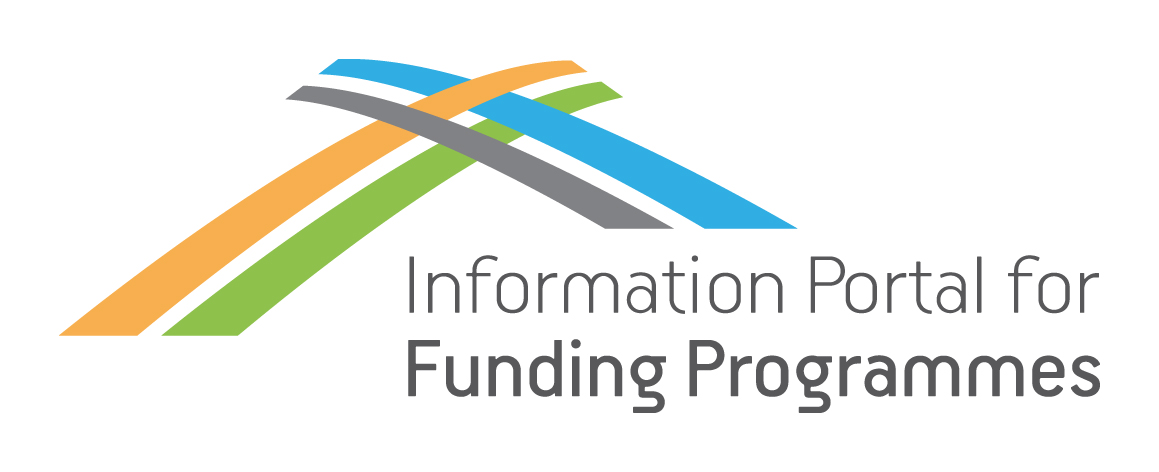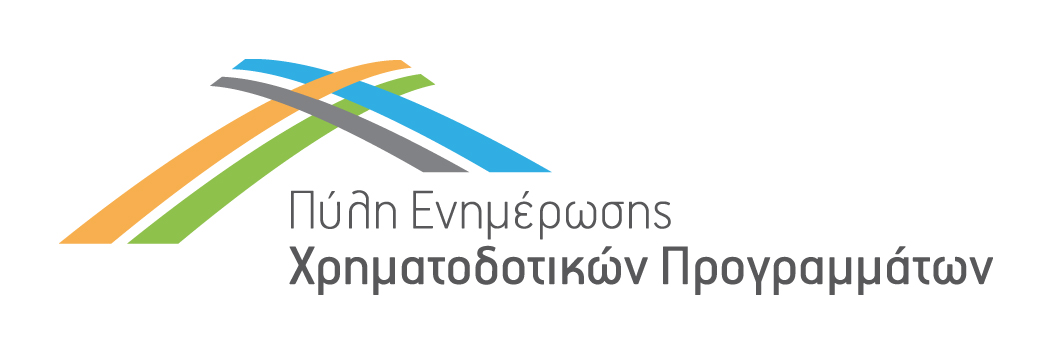Programme Category
Programme Name
Programme Description
The Clean Hydrogen Joint Undertaking or Clean Hydrogen Partnership is a unique public-private partnership supporting research and innovation (R&I) activities in hydrogen technologies in Europe. It builds upon the success of its predecessor, the Fuel Cells and Hydrogen Joint Undertaking.
Identifier Code
Call
Summary
This proposal is expected to focus on the fundamental understanding of the potential PFAS emissions in water electrolysers and fuel cells under product use. It aims to identify the root cause of PFAS compounds in water electrolysers and fuel cells, and to quantify the potential release of these substances into the environment during operation. Additionally, this project should propose solutions to manage and minimise emissions from current products corresponding to their amount and relevance of emission. It should include recommendations on a reduced release into the environment and propose possible mitigation options for avoidance of emissions.
Detailed Call Description
Considering the application-based, industrial scope of the project, subsequent non-industrial processes like subsequent biodegradation in the environment, the individual properties of persistency and incorporation into the food chain should not be contained within the scope and future possible applicants of this proposal. However, the project should support a preliminary liaison of the industrial community with these complementary aspects. Applicants are therefore expected to propose activities to build a significant state of the art collection and review of recent studies related to PFAS biodegradation. Besides, projects are expected to build further on the findings and targets of previous projects and find synergies with running projects, as well as with the novel Innovative Materials for EU co-Programmed Partnership. Specific attention should be given to Horizon Europe, Cluster 4.
An integral step of the project is the development of a uniform testing (operation, sampling and analysis) protocol for PFAS emissions under product use. The results should further be additionally validated by means of statistics, and repetitive sample taking and evaluation.
As a guideline, project proposals should define the process of test sample taking, considering e.g.:
- Transport conditions, sampling devices, sample probing, and sample taking conditions (beginning of life, run-in units) at different sites in a system (fuel cell or electrolyser) under product use conditions (e.g. temperature, hydrodynamic conditions, product water emission or air taken, …);
- Establish comparable and robust results for the samples, and a measure of proper data representation (statistics, relevance, database, reference, administration…);
- Define harmonised test protocols for fuel cells and electrolysers during which samples are taken for analysis, providing a procedure how, when, and where the samples are taken (gas, liquid and aerosols).
Establish a comprehensive analytical methodology:
- Establishing a list of relevant substances for targeted analysis of the corresponding samples;
- Defining method(s) for analysis based on selected samples;
- Investigating the limits and restrictions of the applied analytical method(s): limits of detection (LOD), limits of quantification (LOQ), mass determination and selectivity, etc.;
- Evaluating possible impurities and misinterpretations of generated analytical results.
As a recommendation for upcoming analytical methods, it should be highlighted that while analysing PFAS at parts per trillion (ppt) concentrations, superior sampling, hygiene and laboratory handling procedures, and repetition of measurements are essential to ensure statistically validated results. Proposals should thus additionally establish a standard sampling process with appropriate sample hygiene instructions for fuel cell and/or electrolyser effluents. As indicated, an understanding of the sources of emissions should be tackled within the scope of the project.
It is further suggested that an analysis should answer the question of the proper combination of targeted residuals analyses, balancing non-targeted residuals analyses of both fluorinated and non-fluorinated compounds, and methods for quantification as Total Organic Fluorine (TOF) or Total Organic Carbon (TOC). The project scope should not exclude certain chemistries from the scanning exercise, as results might be mispresented if the protocol is biased.
Projects should explore at least the following innovations:
- Representative sample taking from Low Temperature Proton Exchange Membrane Fuel Cells (LT- PEMFC) and Low Temperature – Proton Exchange Membrane Water Electrolysers (LT- PEMWE) in application, providing an adequate statistical approach including e.g. blind samples, reference samples, multiple-sample taking, and sample redundancy;
- Development of sampling methods and hygiene protocols for emission analyses from hydrogen systems under product use;
- Development of a combination of targeted, non-targeted, and TOF, TOC or other total parameter analysis techniques for system manufacturers to understand the sources of potential PFAS emissions under product use;
- Development of a combination of targeted and non-targeted analysis techniques for policy makers to understand the amount of potential PFAS emissions of electrochemical hydrogen systems.
Call Total Budget
Financing percentage by EU or other bodies / Level of Subsidy or Loan
Expected EU contribution: €2.000.000
Thematic Categories
- Energy
- Environment and Climate Change
- Research, Technological Development and Innovation
Eligibility for Participation
- Other Beneficiaries
- Researchers/Research Centers/Institutions
Call Opening Date
Call Closing Date
EU Contact Point
Email: info@clean-hydrogen.europa.eu
Phone number: +32 22218148
Postal address: Avenue de la Toison d’Or 56-60, 1060 Brussels, Belgium




